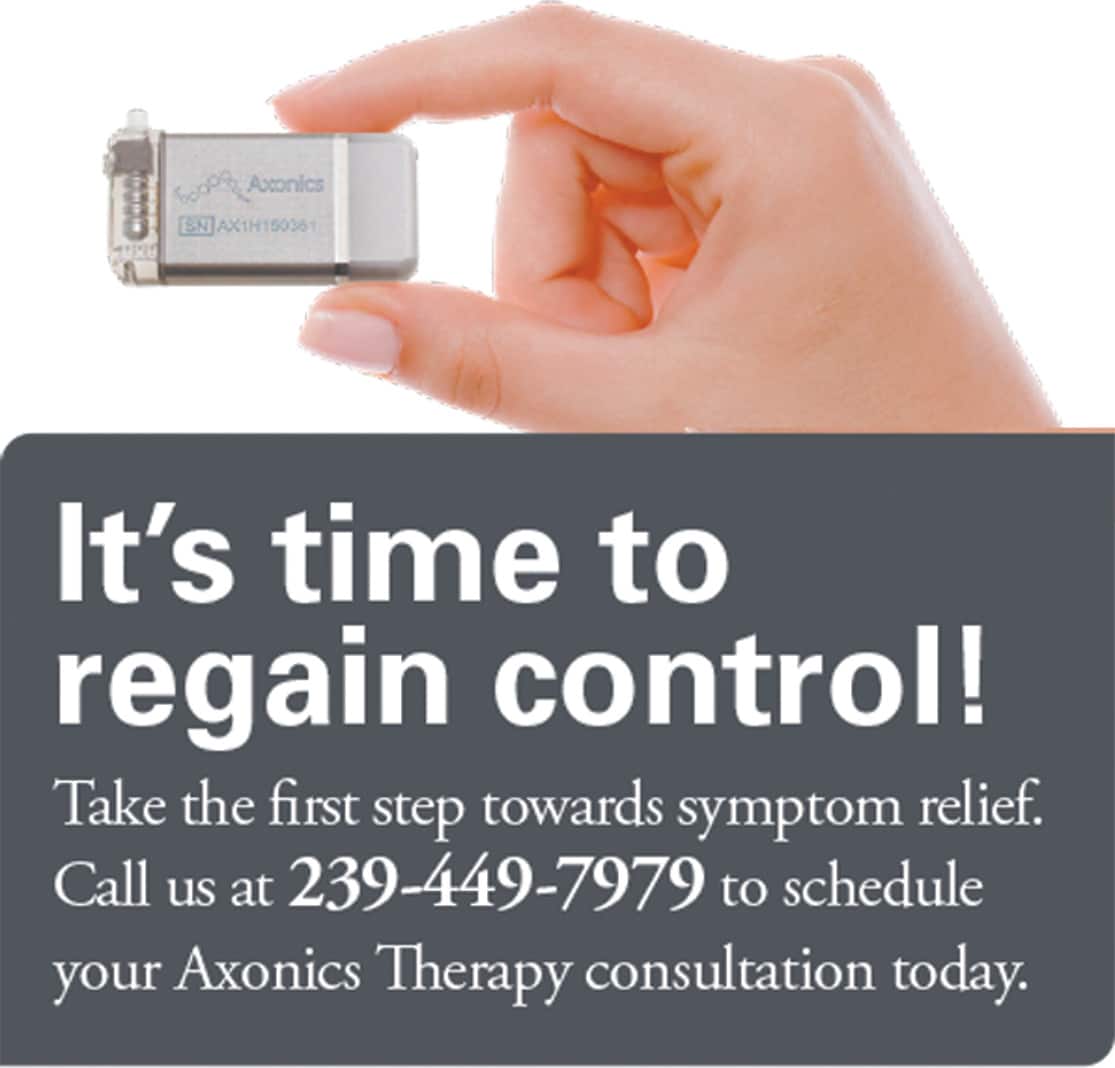By Dr. Noël Crosby, Au.D.
 Most hearing aid wearers should use a drying device every night, this is especially important in our area because of our elevated humidity. Hearing aids are difficult to keep dry for many reasons, the most important of which is that they are almost sealed containers. Moisture can get inside the hearing aid through condensation, caused by temperature changes such as entering an air-conditioned room after being in warm outside air. If eyeglasses can become foggy, then hearing aids can also become foggy; you just can’t see this happening. Additionally, moisture can intrude through the ear mold tubing and receiver tubes. When you add perspiration and ear wax to this mix; it is easy to see why some hearing aid users can have chronic and aggravating moisture related problems. There are four elements that affect the rate of drying & evaporation. These four factors are temperature, air movement, exposed surface area, and humidity. Except for humidity, which is desired to be as low as possible, the higher the other factors, the higher the rate of drying. The best and most thorough rate of drying comes from a combination of high temperature, high air movement, large exposed surface area, and low relative humidity. It might be physically possible to have success with only one of these factors present, but the more factors that are present will allow better drying. Think of laundry drying on an outside line as an analogy.
Most hearing aid wearers should use a drying device every night, this is especially important in our area because of our elevated humidity. Hearing aids are difficult to keep dry for many reasons, the most important of which is that they are almost sealed containers. Moisture can get inside the hearing aid through condensation, caused by temperature changes such as entering an air-conditioned room after being in warm outside air. If eyeglasses can become foggy, then hearing aids can also become foggy; you just can’t see this happening. Additionally, moisture can intrude through the ear mold tubing and receiver tubes. When you add perspiration and ear wax to this mix; it is easy to see why some hearing aid users can have chronic and aggravating moisture related problems. There are four elements that affect the rate of drying & evaporation. These four factors are temperature, air movement, exposed surface area, and humidity. Except for humidity, which is desired to be as low as possible, the higher the other factors, the higher the rate of drying. The best and most thorough rate of drying comes from a combination of high temperature, high air movement, large exposed surface area, and low relative humidity. It might be physically possible to have success with only one of these factors present, but the more factors that are present will allow better drying. Think of laundry drying on an outside line as an analogy.
The laundry always dries quicker when the sun is shining bright (temperature), the wind is blowing (air movement), the relative humidity is low, and when the clothes are not folded over or bunched up (exposed surface area). A hearing aid dryer is designed to remove the moisture from a hearing aid in a short amount of time. The dryer can be a device with a fan or a simple container with a desiccant inside. A desiccant is simply a substance that absorbs water and is used to remove moisture. Using a hearing aid dryer will lengthen the life of the hearing aid and reduce the incidence of crackling and static noises when the hearing aid is in use. The most important result of frequent use of a drying device is that the moisture threshold is lowered. On a scale where 0 represents an aid without any moisture and 9 represents a totally failed, non-working hearing aid.
It is believed that many people start out the day at level 4 or 5, if level 7 represents the point at which distortion, switch problems, or other failures occur, it doesn’t take long to get there from 4 or 5. The more frequently a drying device is used, and the more factors the drying device employs, the lower the start-of-day moisture threshold. Using a dryer that incorporates all drying factors on a daily basis might allow a user to start the day at level 1 or 2 This reduces the chance of the hearing aids moisture level reaching level 7 during the day. Both frequency of use and number of drying factors are quite important.
There are many types of dryers that vary in price and how well they work. The classic dry-aid kit uses a single factor; the reduction of relative humidity through removal of the moisture from the air with a desiccant. Heated boxes typically use only one factor, which is that warm air can hold more moisture than cool air. By raising the temperature, relative humidity is lowered, making the air inside capable of holding more moisture. Another type of dryer combines heat with moving air from a fan, and it works better than either of the two types of driers previously mentioned. Another type of dryer uses three of the four drying factors. It generates controlled heat and circulates desiccated air that flows around the hearing aids. Some of these types of dryers contain a UV light that can kill bacteria. This is very useful if a person is prone to ear infections. What is important to remember is that using any type of dryer is better than using no dryer at all. Hearing aids are an investment that will do a better job for the user if they are maintained and cared for correctly. Please contact us 941-474-8393 if you need assistance in selecting a dryer that will work best for you.
PROFESSIONAL BIO
Dr. Noël Crosby, Au.D., owner and audiologist at Advanced Hearing Solutions in Englewood, FL is a licensed professional whose 26 year career has been devoted to helping people of all ages hear and understand more clearly. Dr. Crosby received her BS and MS degrees from FSU and her Doctorate in Audiology from UF. Her credibility as an authority grew during her tenure as the Director of Audiology at the Silverstein Institute in Sarasota, FL from 1991-1998. Today, in addition to managing a successful audiology practice, Dr. Crosby is involved in creating hearing loss awareness through her jewelry and accessory company AuDBling.com. She has served and is serving on various professional boards and committees and was president of the Florida Academy of Audiology in 2000 and 2010. She has been married to Michael for 23 years and has one daughter.
Call Today to make your appointment 941-474-8393








